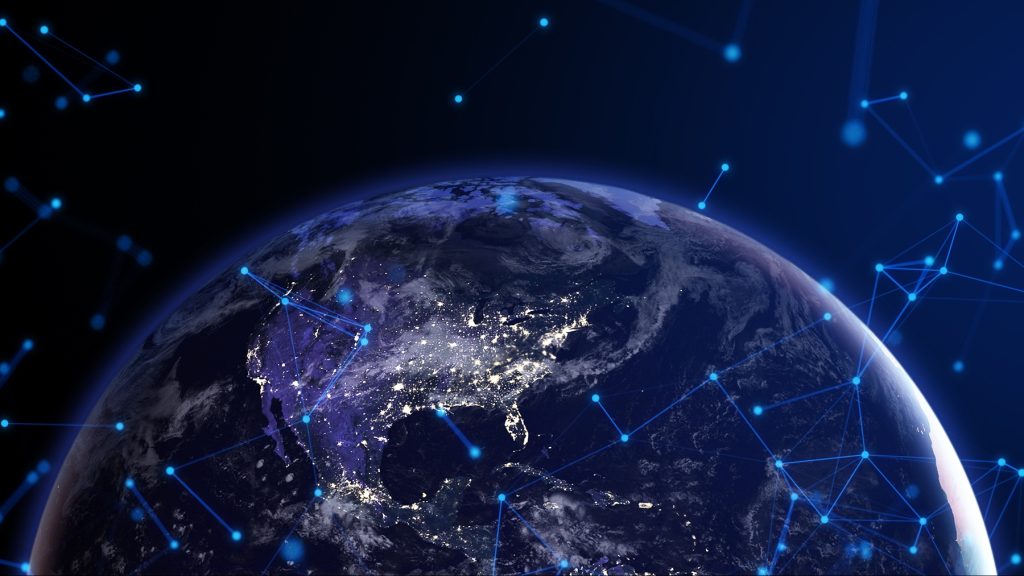
In the deserts of South Africa and Australia, astronomers are integrating AI into their observatory missions in a project known as, Square Kilometer Array Observatory, to be fully operational in five years.
With this, astronomers aim to uncover new insights into the universe’s first stars and various stages of galactic evolution. However, and due to the large amount of data collected per year, around 300 petabytes, the observatory is expected to face significant challenges.
It is true that integrating AI into the world of astronomy is a major step forward for astronomers to deeply explore the universe, yet a challenging one, due to the need of transparency in reporting AI generated results.
As new telescopes and instruments are under development in Square Kilometer Array Observatory, which are designed to gather data, astronomers are using AI to help in the process. AI algorithms are being enhanced in a way that to identify in these huge and complex datasets, offering a new approach to understand the universe.
AstroAI, initiated by Cecilia Garraffo, a computational astrophysicist in November 2022 at the Harvard-Smithsonian Center for Astrophysics, is an initiative that aims to integrate and leverage Artificial Intelligence (AI) in astronomy. With a team of over 50 experts from various fields, this initiative is dedicated to addressing questions related to the origins of the universe as well as the possibility of extraterrestrial life.
In parallel, AI has been used in astronomy for some time, for classification tasks to more complicated analyses. Previously, AI was used to identify specific objects like supernovas in telescopes. But now, and as AI’s offerings increase, algorithms are playing a vital role in the identification of unknown patterns in data.
This capability has completely changed researchers’ proceedings in their workflow, enabling them to systematically be on the lookout for any new phenomena and discover hidden aspects of the universe. Recently, astronomers increased their reliance on AI to analyze the chemical composition of exoplanet atmospheres – telescopes capture the starling passing through these atmospheres, revealing various molecules.
Why is it important?
Analyzing such data could be done easier and faster with the use of AI, allowing the discovery of a hundred molecules. These molecules could serve as indicators of life on distant planets, opening exciting possibilities for astrobiology.
Integrating AI into the workflow of astronomy is important for many reasons. Firstly, AI has the potential to handle large data sets, making the process faster and more efficient. Additionally, the automation of routine tasks enables astronomers to focus on more complex and new aspects of their research.
Machine learning models can be trained to recognize specific astronomical events or objects, enhancing the precision of classifications and detections. AI also improves the accuracy of data analysis by reducing human errors and biases.
Inside Telecom provides you with an extensive list of content covering all aspects of the tech industry. Keep an eye on our Intelligent Tech sections to stay informed and up-to-date with our daily articles.